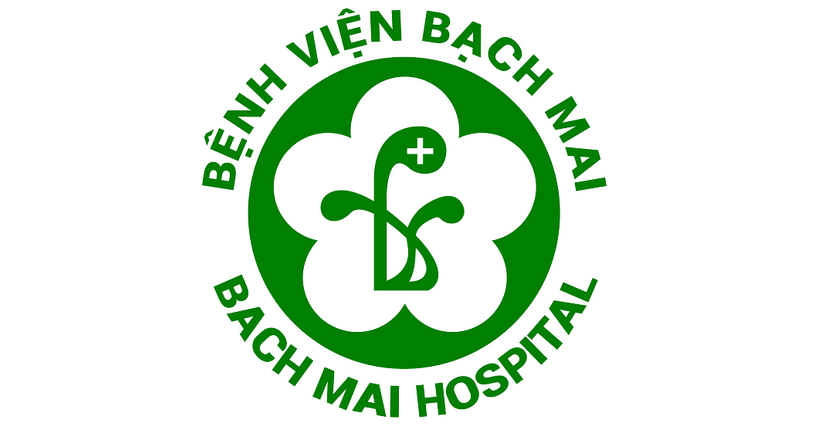Bệnh viện bạch mai * Bach Mai Hospital
Tạp chí Y học lâm sàng * Journal of Clinical Medicine
Website : www.jocm.vn Email : jocm@bachmai.edu.vn Phone : +84947040855
Escherichia coli necrotizing fasciitis and sepsis: A case report and review of literatures
- Mã bài báo : EN0810
- Ngày xuất bản : 29/04/2021
- Số trang : 113-121
- Tác giả : Nghiem Huyen Trang
- Lượt xem : ( 992 )
https://doi.org/10.52322/jocmbmh.08.en.08
Introduction: Skin and soft tissue infections can be vary in classifications from minor superficial infections to life-threatening infections such as necrotizing fasciitis.
Objectives: We present a 59-year-old man with a past history of using prolonged corticosteroid, was admitted to our Emergency Unit due to Escherichia coli necrotizing fasciitis.
Case presentation: A 59-year-old male with a history of swelling, left leg pain, and unknown fever for a week was admitted to Bach Mai hospital after 5 days of self-treatment at home and 2 days of unknown diagnosis and treatment at the local hospital. On admission, there were multiple ecchymoses, purpura on his skin, and bruises on his left knee. He had edema in his lower extremities, generalized erythema, one large bullae and crepitus on his left leg 1-day admission. Left lower extremities’ pulses were difficulty palpable. Bilateral fine crackles were found on lung auscultation. Laboratory findings showed elevation of WBC, CRP, PCT, Urea, Creatinine, and AST/ALT. His cortisol level were low, 135 and 61.2 nmol/L (at 8am and 8pm, respectively), and low ACTH (2.39 pg/mL). ABG (O2 2L/min via nasal cannula) found metabolic acidosis, and compensated respiratory alkalosis (pH 7.45, pCO2 27, pO2 70, HCO3- 18.5, BE -4). He was initially treated with antibiotics including meropenem, vancomycin and cotrimoxazole. The blood culture return with confirmation of Escherichia coli. Despite of being continued with above treatment, he started to have persistent and high fever, his left leg progressed worse with larger redness, warmth, edema, induration, and purulent blisters on 4-day admission. The patient requested to leave for the local hospital, and confirmed death several days later.
Conclusion: According to our experience, it is suggested that continuous evaluation is very crucial to early recognition of necrotizing infections, which needs aggressive medical and surgical therapy.
- Chủ đề : Infectious Diseses
- Loại bài báo : Case Report
- Chuyên nghành : Clinical Medicine
 Thông tin liên hệ : Nghiem Huyen Trang
Thông tin liên hệ : Nghiem Huyen Trang Email : trangnghiem91@gmail.com
Email : trangnghiem91@gmail.com Địa chỉ : Center for Tropical Diseases, Bach Mai Hospital
Địa chỉ : Center for Tropical Diseases, Bach Mai Hospital
Bài báo liên quan
- Case report: CMV colitis in patients with prolonged bloody diarrhea
- Characteristics of lactic acidosis in patients with acute poisoning due to drugs and chemicals
- The role of direct antiviral agents for the treatment of chronic hepatitis C in special populations
- An overview of diagnosis and treatment for eosinophilic meningitis caused by parasitic infections
- Fungal infections in HIV/ADS population: A review of epidemiology, diagnose and treatment options
- Diagnosis and management of tuberculosis among healthcare workers at a tertiary hospital in Vietnam
- Escherichia coli necrotizing fasciitis and sepsis: A case report and review of literatures
- The first case of strongyloidiasis larvae in the peripheral blood at Bach Mai Hospital
- A case report of Nocardiosis cerebral abscess in an HIV patient in Vietnam
- A case report of progressive disseminated histoplasmosis in Vietnam
Bài viết mới nhất
- Tạp chí YHLS BVBM được phê duyệt mức điểm 0,75 trong Danh mục tạp chí khoa học được tính điểm năm 2024 của HĐGSNN
- Thư mời gửi bản thảo cho số tiếng Anh năm 2023 của Tạp chí Y học lâm sàng
- Chúc mừng Ngày Báo chí Cách mạng Việt Nam 21/06
- Giải thưởng Đặng Văn Chung: Tôn vinh giá trị sáng tạo và Nghiên cứu khoa học
- Quy định về định dạng bài báo theo định dạng chuẩn quốc tế

 File toàn văn
File toàn văn



